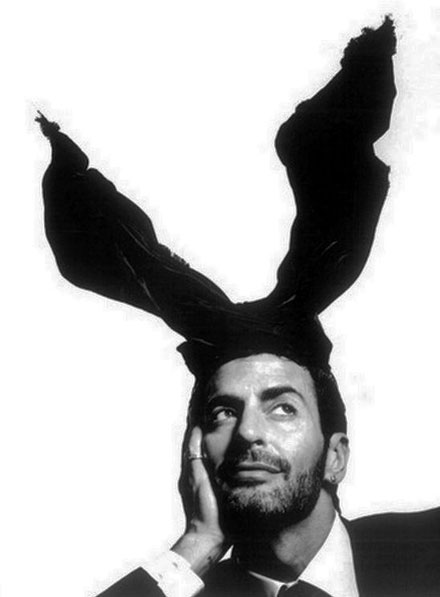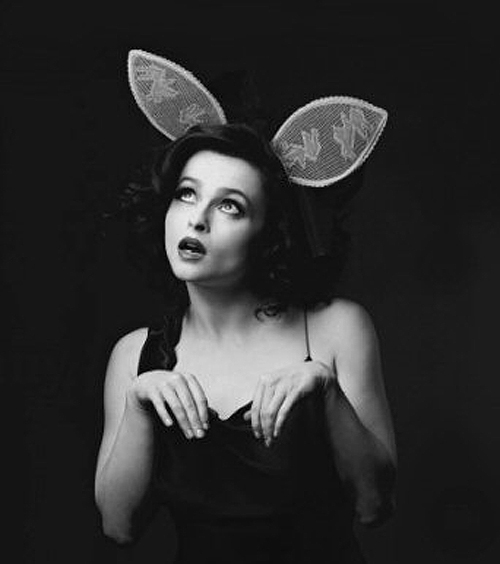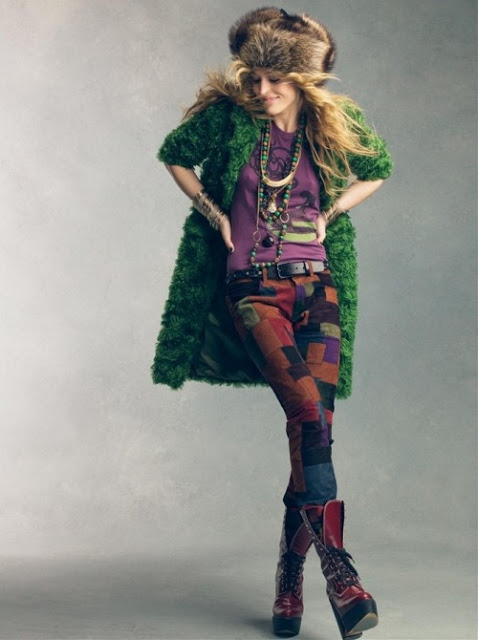 Harper’s Bazaar, July 1999 issue. Tom Cruise’s cover was the last cover approved by Liz before her death just 3 months prior. All ad revenue went to the Ovarian Cancer Research Fund. Models, photographers, stylists, make-ups artists, etc., donated their time for free. There are no editorials. It is the one issue which features the solidarity of the fashion industry for an icon.
Harper’s Bazaar, July 1999 issue. Tom Cruise’s cover was the last cover approved by Liz before her death just 3 months prior. All ad revenue went to the Ovarian Cancer Research Fund. Models, photographers, stylists, make-ups artists, etc., donated their time for free. There are no editorials. It is the one issue which features the solidarity of the fashion industry for an icon.

 Illustrations by Karl Lagerfeld
Illustrations by Karl Lagerfeld
 Christy Turlington photographed by Patrick Demarchelier
Christy Turlington photographed by Patrick Demarchelier
 Guinevere Van Seenus photographed by Craig McDean, clothes by Yohji Yamamoto
Guinevere Van Seenus photographed by Craig McDean, clothes by Yohji Yamamoto
 Naomi Campbell photographed by David Bailey clothes by Versace
Naomi Campbell photographed by David Bailey clothes by Versace
 Left: Linda Evangelista illustrated by Mats Gustafsson; Guinevere Van Seenus photographed by Richard Burbridge
Left: Linda Evangelista illustrated by Mats Gustafsson; Guinevere Van Seenus photographed by Richard Burbridge
 Nikki Uberti photographed by Terry Richardson, clothes by Dolce and Gabbana
Nikki Uberti photographed by Terry Richardson, clothes by Dolce and Gabbana
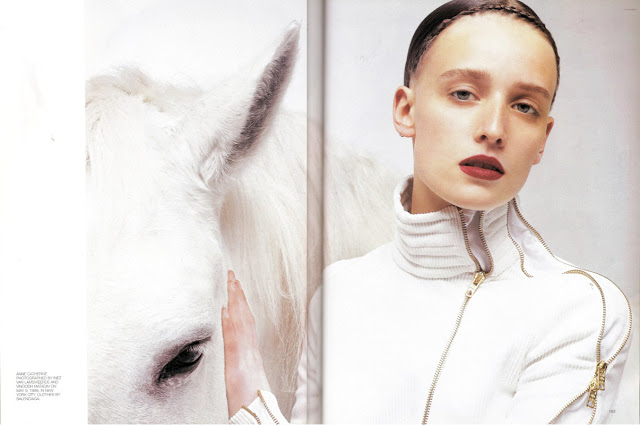 Anne Catherine Lacroix photographed by Inez van Lamsweerde and Vinoodh Matadinanne, clothes by Balenciaga
Anne Catherine Lacroix photographed by Inez van Lamsweerde and Vinoodh Matadinanne, clothes by Balenciaga
 Erin O’Connor photographed by Patrick Demarchelier., clothes by Calvin Klein
Erin O’Connor photographed by Patrick Demarchelier., clothes by Calvin Klein
 Natalie Portman photographed by Robert Bromann, clothes by Moschino; Cindy Crawford photographed by Mary Ellen Mark, clothes by Malo; Rita Wilson photographed by Sante D’Orazio; Milla Jovovich photographed by Cliff Watts, clothes by Tommy Hilfiger
Natalie Portman photographed by Robert Bromann, clothes by Moschino; Cindy Crawford photographed by Mary Ellen Mark, clothes by Malo; Rita Wilson photographed by Sante D’Orazio; Milla Jovovich photographed by Cliff Watts, clothes by Tommy Hilfiger













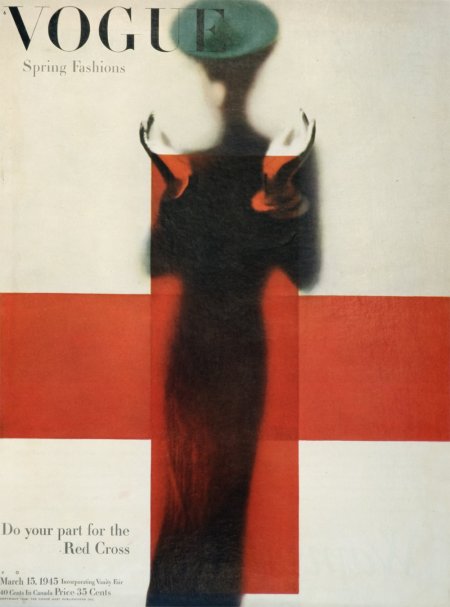










 Elsa Peretti in a Halston-designed Bunny costume, photographed by Helmut Newton in New York City, 1975
Elsa Peretti in a Halston-designed Bunny costume, photographed by Helmut Newton in New York City, 1975 
 Playboy-inspired logo bathing suit
Playboy-inspired logo bathing suit





